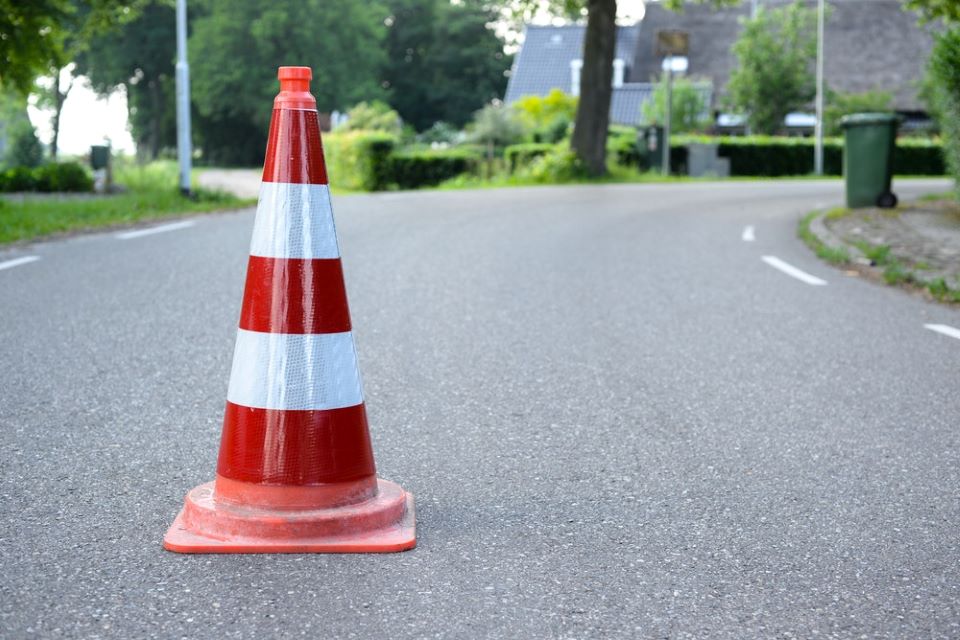Workplace safety is a priority for every worker. However, there are unforeseen situations in our workplace that may compromise the safety of everyone. Examples of workplace hazards are chemical and physical hazards. The following are three common workplace hazards and ways to avoid them.
Chemical Hazards
A chemical hazard such as chemical bleach and acids can cause harm when it comes in contact with your body organs, such as lungs and skin. Exposure to chemical hazards for a long period could result in health complications. It would help to ensure that safety measures are put in place to ensure that workers get immediate help if exposed to chemical hazards.
Some workplaces are more susceptible to chemical hazards than others. If your workplace deals with chemicals mainly, you are more likely to be exposed to chemical hazards. For example, a chemical manufacturing company dealing with acetone or sulfuric acid exposes its workers to chemical hazards. Dangerous fumes such as smoke fumes are dangerous when inhaled. Fumes can irritate the lungs and throat or cause you to suffocate. Ensure that you are wearing a gas mask when working around fumes.
A chemical manufacturing company or any workplace that handles hazardous materials should ensure that the workers are educated on the potential hazards associated with the chemicals. Other safety measures include ensuring that all workers have material safety data sheets. Workers that handle chemicals such as acids and washing detergents should be equipped with personal protective equipment to help protect them.
Physical Hazards
Physical hazards can make the workplace unsafe in many ways. Understanding the physical hazards is the key to being safe and avoiding injuries related to them. In your workplace, be on the lookout for structural failures that can cause harm. According to Ace Roofing Company, which does roofing in Austin, TX, “the importance of a new roof can’t be overstated if your existing roof is a leaky mess, and the longer that you leave it, the more damage that will be caused by all that precipitation leaking in — and that can jeopardize the value of your home, as well as create safety issues for those that live inside.”
Poorly done electrical wiring or poorly maintained electrical systems could wreak havoc in a workplace. Fires and electrical shock are a result of poorly done electrical wiring. It would be best to ensure that the electrical system is updated and regularly maintained to help avoid physical hazards associated with poorly installed electrical systems.
Vibrations are a physical hazard that can cause damage to your nervous system; if you are exposed to any intense vibrations while at your workplace, it would be best to take leave once in a while and go for regular health checkups. It would help to limit the working hours around the intense vibration areas or handle the equipment that causes intense vibrations.
Extreme temperatures could be harmful to your body, whether too hot or too cold. If you handle a machine that emits too much heat, you could suffer a heat stroke or get heat cramps. You can help protect yourself and other workers by ensuring that your working conditions comply with temperature occupational safety and health administration regulations.
Biological Hazards
Biological hazards include harmful biological organisms such as bacteria, fungi, and viruses. Biological hazards could be airborne or waterborne and result in health complications when they contact animals and human beings. If you do not observe personal hygiene at your workplace, there are high chances of suffering from health complications caused by biological hazards.
It would be best to practice proper sanitation and maintain personal hygiene. Biological hazards such as fungi and mold thrive in a dumpy place that is not well maintained. You can help keep your workmates safe by cleaning your working station and sanitizing the surfaces you frequently touch.
It would help ensure that you have personal protective equipment when handling biological hazards as an employer or employee. The protective equipment will help to keep you safe by ensuring that you do not come into physical contact with biological hazards.
It would help if you ensured that your workplace has minimal hazards that compromise the safety of every worker. Regular inspections are necessary to help ensure that the work[lace is safe to work in. If you frequently handle hazardous material, it would be best to wear personal protective equipment and understand the nature of the material by reading the material safety data sheets.


